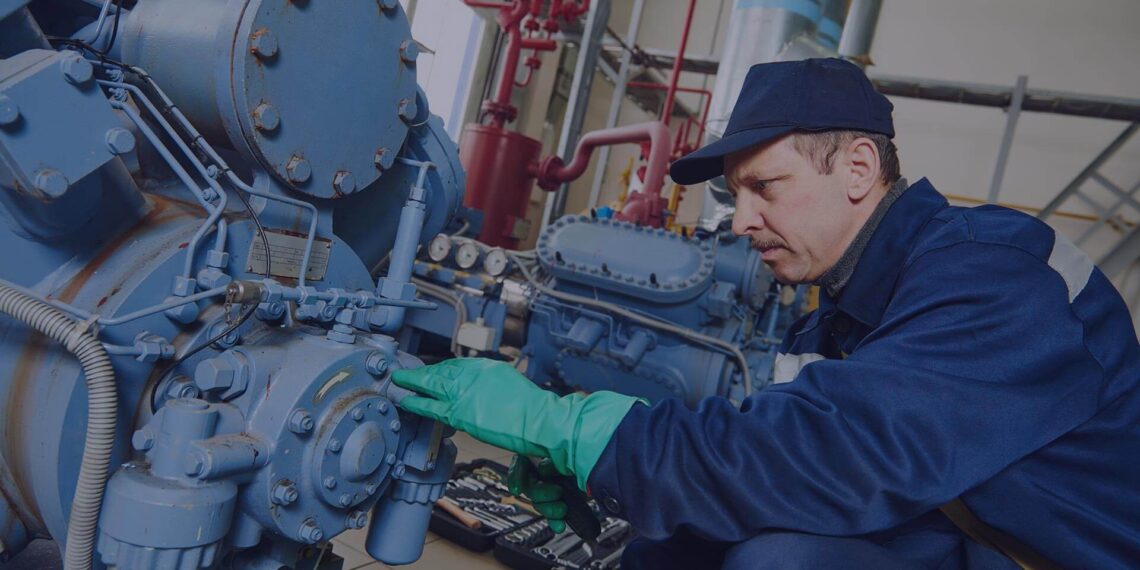Ammonia is a typical refrigerant used in refrigeration systems. It’s more efficient than CFCs and freon, less expensive, and sustainable. However, exposure to this chemical can cause health problems and accidents.
Maintaining a refrigeration system needs training. You can worsen the situation if you try to fix the system without the proper knowledge and skills. You can also leave other parts of the system vulnerable to damage.
This is where ammonia refrigeration training comes in. Continue reading and find out more about ammonia refrigeration training.
Table of Contents
1. Ammonia Refrigeration Training
The course covers the ammonia, ammonia refrigeration cycle, and the operating system. This course also teaches you about the safety regulations in using ammonia as a refrigerant. The Occupational Safety and Health Administration issued the requirements for managing hazards.
The institution issues a certificate proving you completed and passed the training. Personnel working on ammonia refrigeration need to retrain at least every three years. It helps you sharpen your skills and adapt to changes in technology.
2. Scope of Training
The course starts with the theory, the operating cycle, and the properties of the system. The first level explains the basics of the ammonia refrigeration system.
The next level of the course focuses on the operation and maintenance of the system. It covers the single and two-stage system, pump-down techniques, and troubleshooting. You also learn to comprehend various diagrams needed with refrigerant systems.
3. Certifications You Can Get
There are several certificates you can get from ammonia refrigeration training. The typical certification is the Certified Industrial Refrigeration Operator (CIRO). The Refrigerating Engineers and Technician Association issues this certificate.
Obtaining the CIRO proves your knowledge, skills, and competence to work. You need at least two years of education, more than two years of work experience, and passed the examination. In addition, you need to renew your CIRO certification every three years.
Other certifications are the EPA and the CARO. You can get Commercial Refrigeration Specialist and Operator certification, too.
4. Importance of Ammonia Refrigeration Training
The job involves maintenance, repair, and assessing the ammonia refrigeration system. The course also teaches you the proper way to maintain ammonia and keep it healthy. This is when you learn the ammonia refrigeration systems basics.
As mentioned prior, ammonia is the best refrigerant to use because it’s cheaper and safe for the environment. However, it can be harmful when exposed. Exposure to ammonia can cause health problems such as respiratory problems.
Ammonia is also flammable. An ammonia content of 15% or higher in the air can light up in a second when ignited. You can prevent all these when you have a skilled technician.
Refrigeration training allows you to gain more knowledge and develop skills. It enables you to determine the problem, perform the proper operation, and prevent accidents.
Guide for Ammonia Refrigeration Training
Ammonia refrigeration training provides you with the basic knowledge of ammonia. Handling ammonia can be dangerous when done by the wrong person. So, keep yourself and others safe by getting refrigeration training today!
Want to learn more about refrigeration systems and how ammonia works? Check out our other blog posts now!

